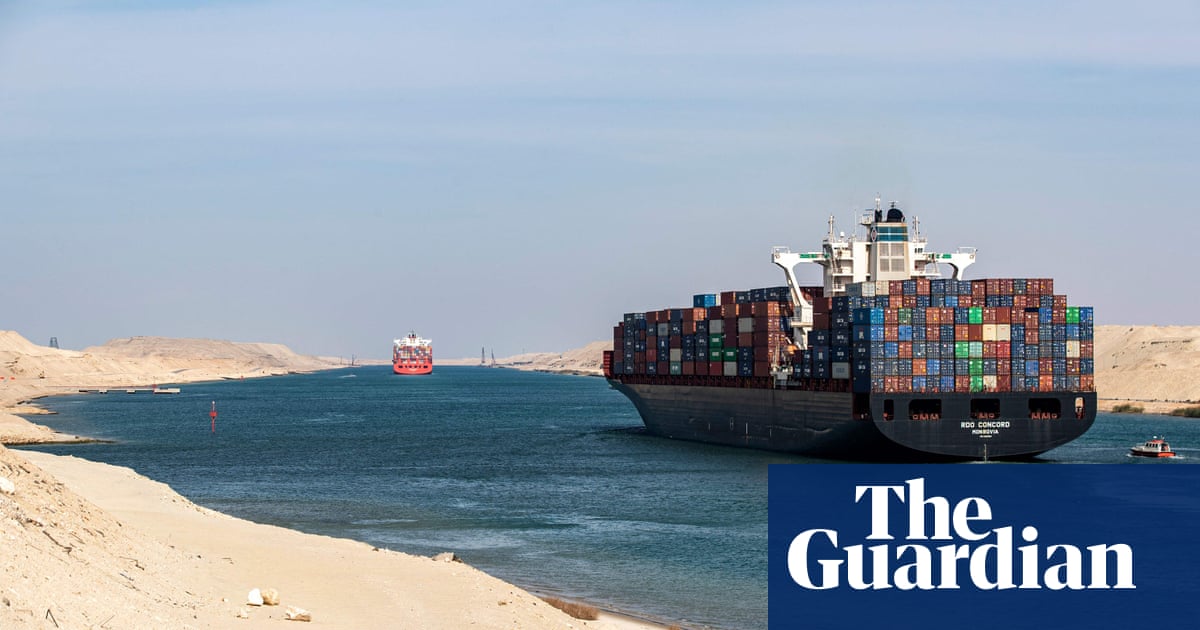
The Labour government came to power with a bold agenda to create a clean electricity system by 2030 to help make Great Britain a green energy superpower.
This week its vision has found a route towards becoming a reality via an independent report from the National Energy System Operator (Neso). The system operator’s twin pathways may help to assuage the scepticism: it found that the government’s clean power plan is technically possible by the end of the decade – but only if urgent action is taken to speed up Britain’s green agenda.
Here’s what Britain’s energy system could look like in 2030.
Will my energy bills go up?
Britain’s plans to become a clean energy superpower will not come cheap. Figures from the Office for Budget Responsibility have estimated that the levies used to support renewable energy projects are expected to rise from £12bn in the year 2024-25 to £14.8bn in the year 2029-30.
However, reducing Britain’s reliance on volatile global gas markets could help costs to fall overall. Neso has estimated that the wholesale market cost of electricity could fall by more than 10% by using more cheap renewable energy and less gas-fired power. How this affects bills will depend on specific policy choices made by government. There are calls for some of these levies, which are paid through electricity bills, to be moved to gas bills or to be paid through general taxation.
Households and businesses may also have the option to save money on their bills by shifting when they use electricity – such as vehicle charging – away from times of high demand to “off-peak” times, such as overnight. This is used by millions of homes already but its role as a flexibility service in the power system could climb fourfold by the end of the decade.
Does this mean an end for fossil fuels?
Not quite. The UK shut its last remaining coal power plant at the end of September, but there are still almost 50 gas power plants helping to generate about a third of the UK’s electricity each year. Under Neso’s plans to create a clean power system the UK will generate more green electricity than it consumes overall, but there will still be times when there is not enough low-carbon power available to meet demand. In these instances the UK will rely on gas power plants to provide temporary backup. This should mean that gas power makes up less than 5% of the UK’s generation. However, it also means that the UK’s fleet of gas plants will remain a similar size – Neso suggests that the UK will have 35GW of gas plants on standby in 2030 compared with 37.4GW today.
What about renewable energy?
The system operator has said there is no path to clean power “without mass deployment of offshore wind, with onshore wind and solar”. This will mean offshore windfarms provide over half of Great Britain’s generation, while onshore wind and solar provide a further 29% of all electricity generated. In both of Neso’s scenarios onshore wind is expected to double and solar farms are expected to triple from today’s capacity. The key difference between its two paths concerns offshore wind: in the first scenario Britain would need 50GW of offshore wind by 2030, and in the second path, offshore wind would reach 43GW – both representing a huge increase from the UK’s existing fleet of 15GW in just a few years. Alongside renewable energy there will be a boom in battery storage to about five times the capacity we have today.
Does this mean more pylons and power cables?
Connecting the surge of new renewable energy projects to the power grid will require a major increase in the number of pylons, overhead power lines and substations across the country. Neso expects up to £60bn of cumulative investment will be required to deliver about 600 miles (1,000km) of onshore and more than 2,800 miles of offshore network lines, or more than double the total built in the last 10 years.
The queue of energy projects waiting to connect to the grid will also need work. It now runs on a “first come, first served” basis, which has caused a logjam of highly speculative projects to block legitimate projects, leading to decade-long waiting times. Neso has suggested that the process should be reformed to give preference to projects that are ready and able to advance, and to specific technologies which are most needed by the grid.
What else will a clean energy system need?
In both paths to a clean power system by 2030 the UK is expected to keep relying on burning wood biomass pellets, which is controversially considered “carbon neutral” despite disagreement from many green groups and scientists.
In another controversial move, the system operator has called for gas plants fitted with carbon capture and storage (CCS) technology, or running on hydrogen gas, to play a greater role in the UK’s electricity generation in the scenario with lower levels of offshore wind. In a high renewables scenario this option would make up just 0.3GW by 2030 but it would need to rise to 2.7GW higher if offshore wind is unable to reach its peak.
The system operator would also expect nuclear plants to extend their lifetimes to play a greater role. Under the first scenario it expects one of Hinkley Point C’s planned power units to begin generating power by 2030 plus some plant extensions totalling 3.5GW, but in the second scenario this would rise to 4.1GW.












